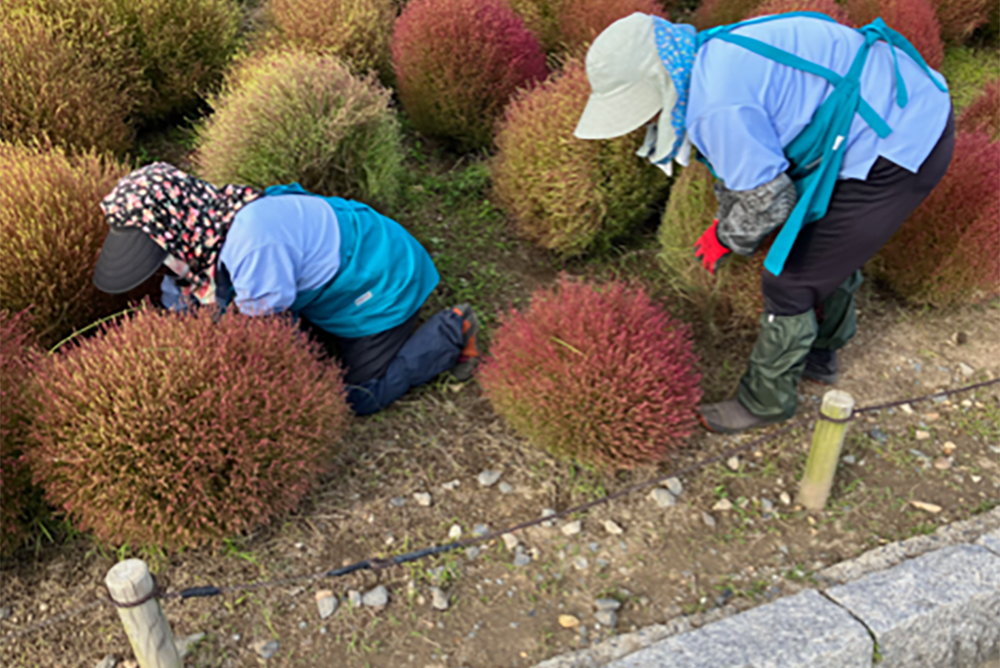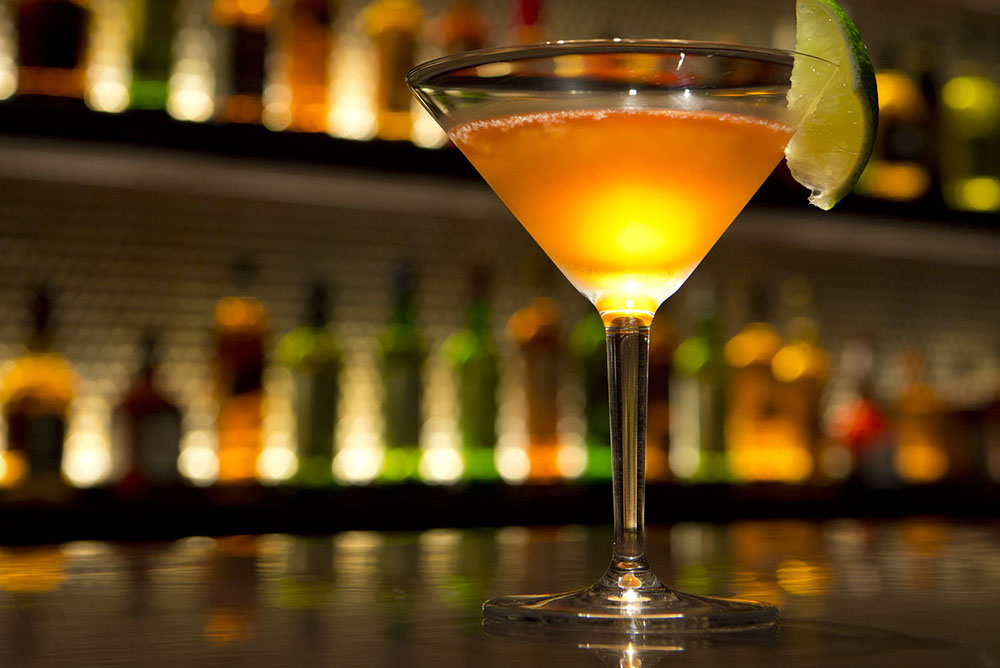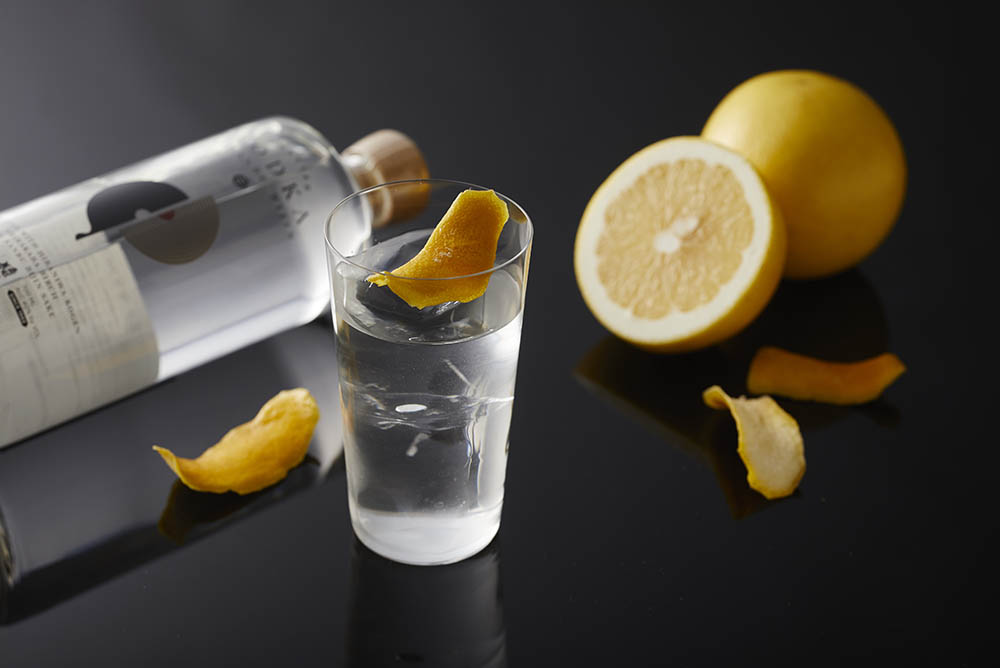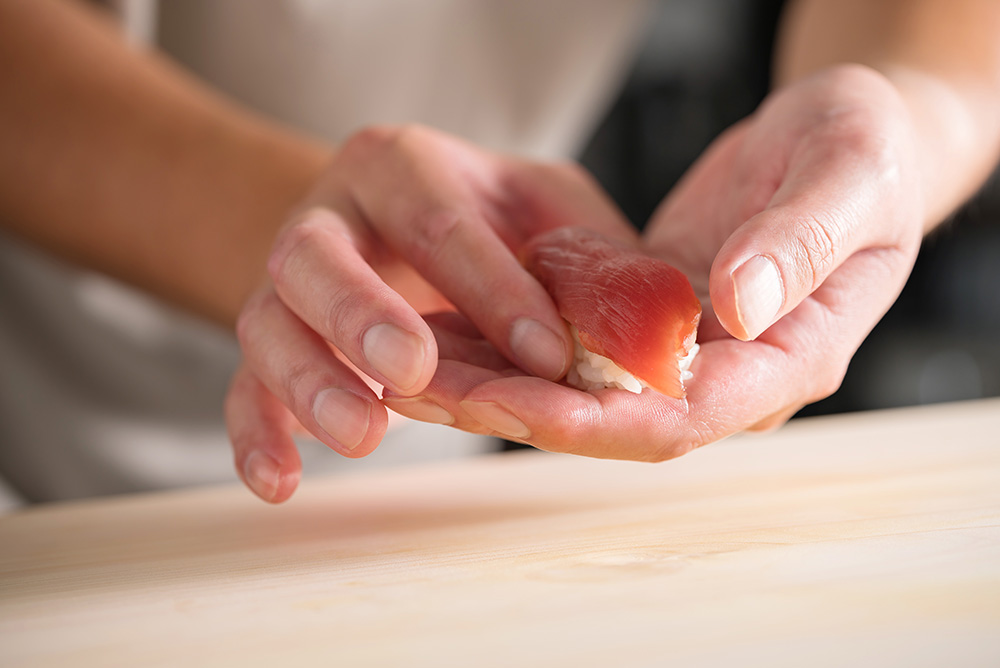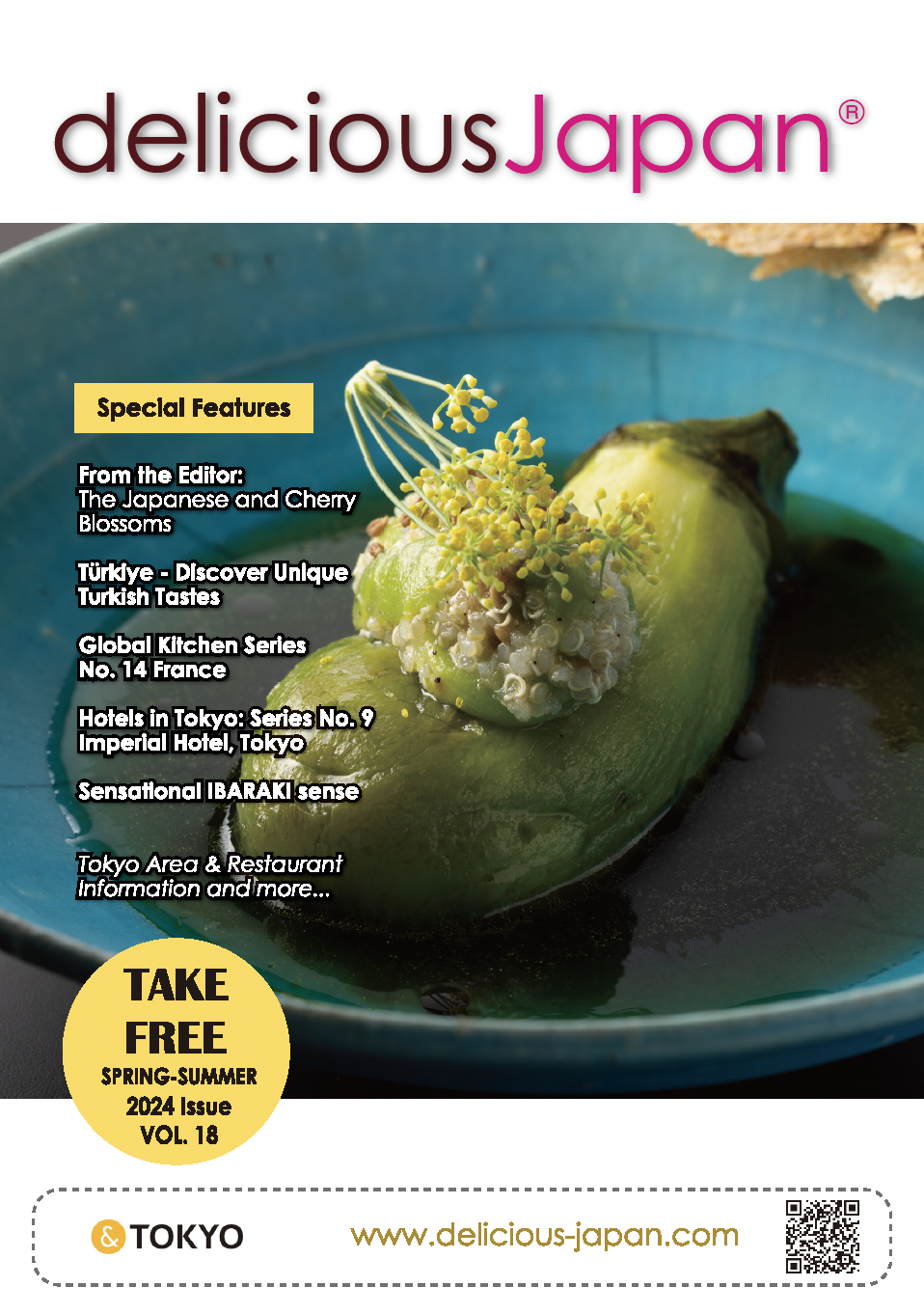Gluten-Free Moves in the Hotel Industry
-The Penninsula Tokyo-
"Naturally Peninsula" Strictly Adheres to its Own Principles and Guidelines
Masayuki Haeiwa
The Peninsula, where 80% of occupants are foreigners, accommodates requests from individual diners based on vegetarianism, food allergies, religious restrictions, and other reasons. The menu has a gluten mark to label items that use gluten. The hotel’s four restaurants - The Lobby, Peter, Hei Fung Terrace, and The Peninsula Boutique & Café - offer Naturally Peninsula menus.
The menus are supervised by the Peninsula’s nutritionist. They follow nine Naturally Peninsula principles, which includes no use of animal oils, sustainable production methods from known source regions, gluten free, no artificial flavorings or other additives, and only natural salt and sugar.
Let’s take a look at Chef Haeiwa’s breakfast menu as an example. Mr. Masayuki Haeiwa moved to France in 1994 and worked at Michelin two-star restaurants such as the Le Clos de la Violette restaurant in Aix-en- Provence, before taking the post of banquet chef when The Peninsula Tokyo opened in 2007. He became Chef de Cuisine of The Lobby in July 2014.
The Naturally Peninsula breakfast at The Lobby gives a choice of juice and main course. In the photo, the juice is carrot and the main dish is a Spanish omelette. The other dish is the mixed vegetable plate from the a la carte menu.
Chef Haeiwa says “I want diners to enjoy their meal with all five senses. Many foreign diners prefer volume, balance, and strong stimulation. Japanese diners, on the other hand, want to look, enjoy the scent and flavor, and the ingredients, and then look forward to what comes next”. The Peninsula’s greatest concern is for its ingredients. The chef’s skill lies in looking at the ingredients and understanding them, thinking how to cook them, and bringing out their best flavors. The chef’s moment-by-moment judgments based on close attention to ingredients, such as “steaming would be better than grilling”, can make diners enjoy the experience more. That is where the true dynamism of cuisine lies.
Chef Haeiwa says “serving simple ingredients actually costs more. Even if the appearance is the same, you have to look more deeply for good, fresh ingredients. Vegetables are a moving target. For example, Japanese grown asparagus sources move north from Kyushu Saga prefecture with the seasons. Then they move further north, through Nagano and Tochigi prefectures, through the Tohoku region, and on up to Hokkaido. Using Japan’s seasonal ingredients means the ingredients vary every time. There are some constants, but we provide produce in season. As the seasons turn, the balance, combinations, and tastes differ, and I always think how to make the most of the different textures. In addition to the nine Peninsula principles, I see the pursuit and protection of delicious flavor as difficult, yet important task”.

